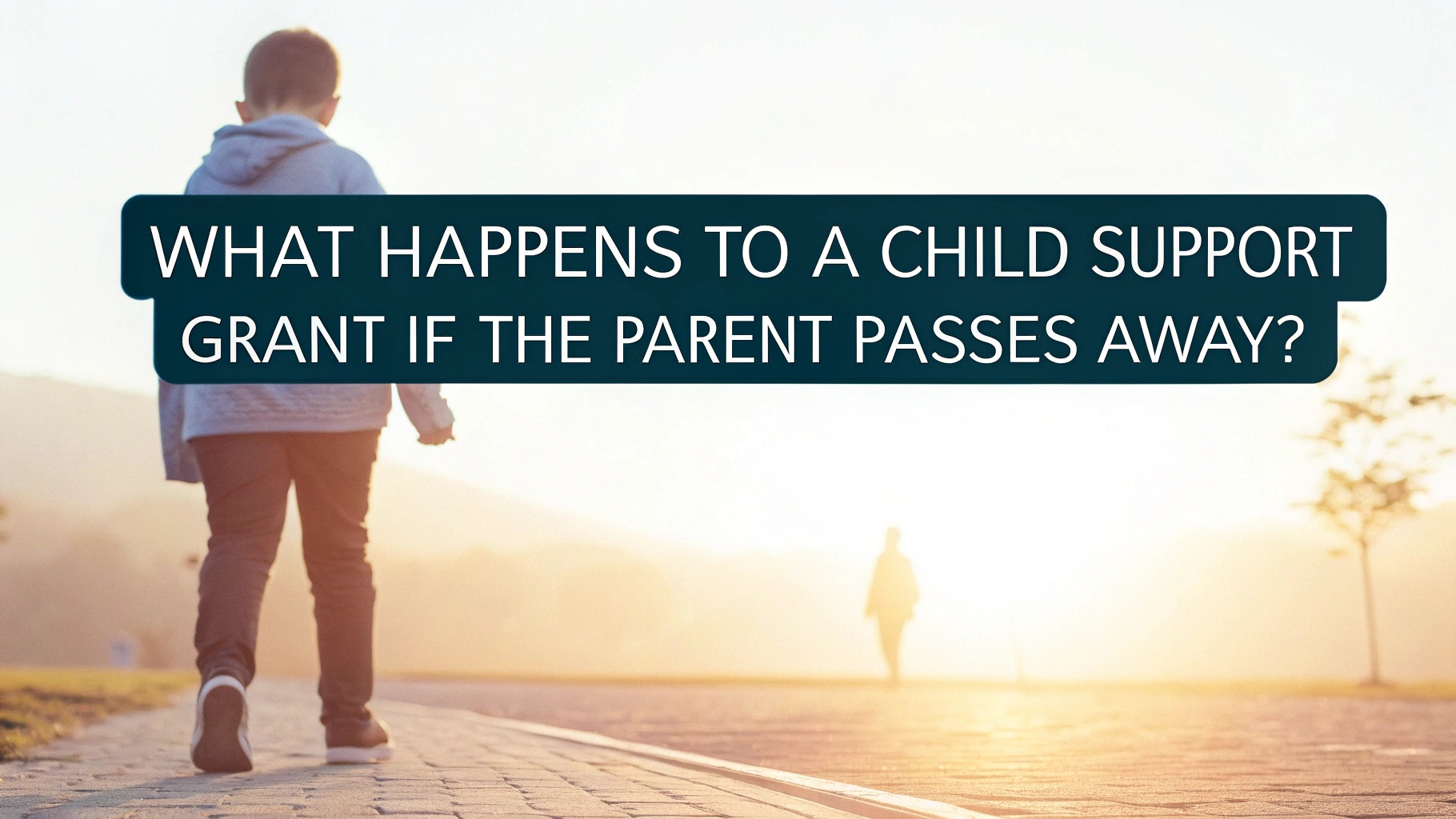The South African Social Security Agency (SASSA) provides the Child Support Grant to assist caregivers in meeting the basic needs of children from low-income households. However, a common concern among beneficiaries is what happens to the grant if the parent or primary caregiver passes away. Understanding the process can help ensure that the child continues to receive financial support without unnecessary delays.
Understanding the Child Support Grant
The Child Support Grant is a government initiative aimed at assisting parents or primary caregivers with the costs of raising a child. As of 2025, the grant amount is R520 per child per month. The grant is means-tested, meaning only caregivers earning below a specific income threshold qualify.
The grant is paid to a child’s primary caregiver, who is often a parent, grandparent, or legal guardian. The caregiver is responsible for ensuring that the child’s needs, such as food, clothing, and education, are met.
What Happens When the Parent or Primary Caregiver Dies?
When a parent or primary caregiver who is receiving the Child Support Grant passes away, the grant does not automatically continue in their absence. Several steps need to be taken to ensure that the grant is transferred to another eligible caregiver. Below is a step-by-step guide on how to handle the situation.
Step 1: Report the Death to Home Affairs and SASSA
The first step is to ensure that the death of the grant recipient is officially recorded. This involves:
- Registering the death with the Department of Home Affairs and obtaining a death certificate.
- Informing SASSA of the death to prevent fraudulent withdrawals and to initiate the process of appointing a new caregiver.
Step 2: Identifying a New Primary Caregiver
SASSA requires that a new primary caregiver be identified to continue receiving the grant on behalf of the child. The new caregiver must meet the following criteria:
- Be at least 18 years old.
- Be a South African citizen or have permanent residency.
- Live with the child and provide for their basic needs.
- Not earn more than the required income threshold (R5,500 per month for single caregivers and R11,000 for married couples as of 2024).
Step 3: Applying for the Grant Under the New Caregiver’s Name
Once a new caregiver has been identified, they must reapply for the Child Support Grant. The application process involves:
- Visiting a SASSA office in person.
- Completing a new grant application form.
- Submitting required documents, which typically include:
- The child's birth certificate.
- The death certificate of the previous caregiver.
- The new caregiver’s identity document (ID).
- Proof of residence.
- A sworn affidavit confirming that the child is under their care.
- Proof of income (if required for means testing).
If the new caregiver is a relative (e.g., a grandparent or sibling), additional documents, such as proof of relationship, may be required.
Step 4: SASSA’s Review and Approval Process
After submission, SASSA will review the application to verify eligibility. This process may take several weeks, during which SASSA might conduct home visits or request further documentation.
If the application is approved, the grant will be paid to the new caregiver from the following month. If the application is rejected, SASSA will provide reasons, and the applicant may appeal the decision.
What Happens If There Is No Immediate Caregiver?
In cases where no family member or guardian is immediately available, the child may be placed under the care of the Department of Social Development (DSD) or foster care services. If this happens:
- The foster parent or guardian can apply for a Foster Child Grant (which provides a higher monthly amount than the Child Support Grant).
- The child may be placed in a state-funded care facility while the situation is assessed.
Frequently Asked Questions
1. Can the child’s grant be transferred automatically to a surviving parent?
No, the surviving parent must apply to SASSA as the new primary caregiver.
2. Will the grant payments stop immediately after the caregiver’s death?
Yes, SASSA halts grant payments once the death is reported to prevent fraud. Payments resume only after a new caregiver is approved.
3. What if there are multiple children under the grant?
Each child’s grant must be reallocated to the new caregiver. If siblings are under different caregivers, separate applications are required.
4. Can a non-family member apply to be the new caregiver?
Yes, but they must prove they are responsible for the child’s well-being and meet SASSA’s requirements.
Final Thoughts
The death of a parent or primary caregiver is a challenging time for a child, and losing financial support can add to the difficulties. Ensuring that the Child Support Grant is smoothly transferred to a responsible new caregiver is crucial for the child's welfare. By promptly reporting the death, identifying a new caregiver, and following SASSA’s application process, the child can continue to receive much-needed financial assistance without prolonged disruptions.
If you are in this situation, visiting your nearest SASSA office or seeking assistance from a social worker can help ensure that the transition is as smooth as possible.
